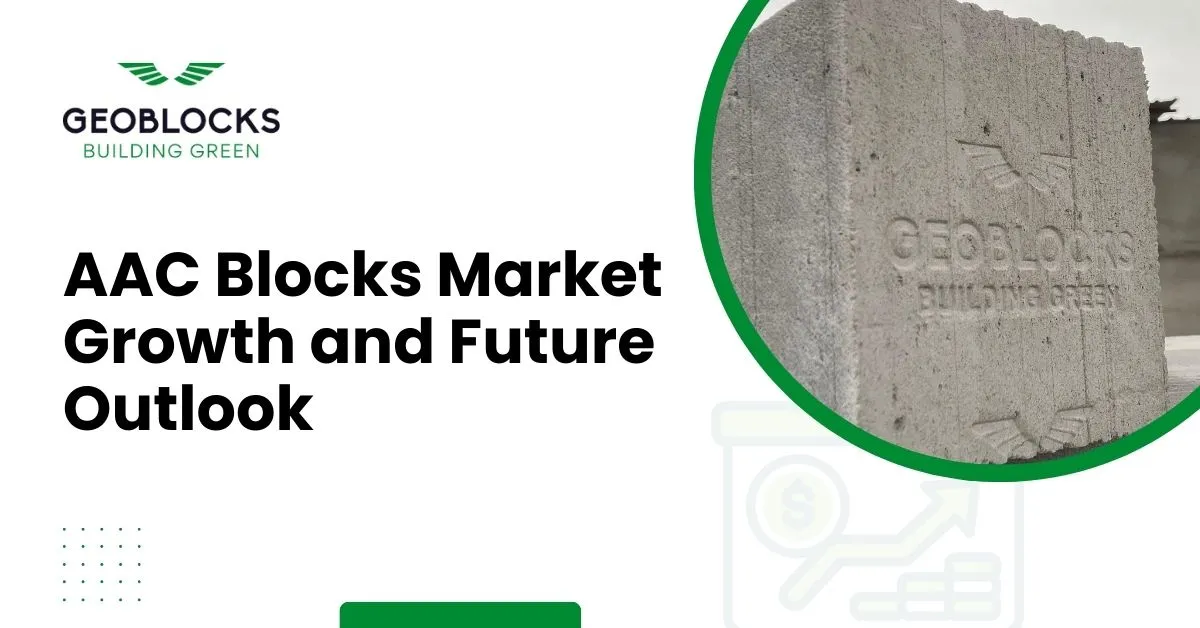
The global AAC (Autoclaved Aerated Concrete) blocks market is poised for significant growth, driven by the increasing demand for energy-efficient, sustainable, and cost-effective building materials. In 2023, the AAC blocks market was valued at approximately $19.92 billion and is projected to grow at a compound annual growth rate (CAGR) of 7.4%, reaching an estimated value of $21.39 billion by 2024. This growth is primarily fuelled by the booming construction sector in emerging markets and the heightened focus on environmentally friendly building practices. AAC blocks advantages, such as light weight, excellent thermal insulation, fire resistance, and acoustic properties, make them an attractive option for both residential and commercial projects.
The Asia-Pacific region holds the largest market share due to rapid urbanization and infrastructure development in countries like China, India, and Southeast Asian nations. These countries are witnessing a surge in construction activities driven by a growing middle class and rising urban populations. Furthermore, the government’s increasing emphasis on energy-efficient buildings and green construction materials is likely to further boost the demand for AAC blocks. In the coming years, the market is expected to expand across both developed and developing countries, with a forecasted market value of $28.2 billion by 2028.
The demand for AAC blocks is also fuelled by innovation in product design and applications. Manufacturers are focusing on improving the performance of AAC blocks, offering products with enhanced thermal insulation, improved durability, and easier installation. With the continued development of advanced construction technologies and eco-friendly alternatives to traditional materials, AAC blocks are expected to play an increasingly important role in the construction industry. The popularity of green building certifications, such as LEED and BREEAM, is also expected to contribute to the growth of the AAC blocks market, as these blocks meet sustainability criteria.
Global AAC Blocks Market Analysis (2024-2032)
| Region | Projected CAGR (2024-2032) | Key Drivers | Market Outlook |
|---|---|---|---|
| Asia-Pacific | 6.2% | Urbanization, infrastructure development, sustainability initiatives | High growth due to demand from India, China, and Southeast Asia |
| North America | 4.5% | Eco-friendly construction, energy efficiency, building regulations | Moderate growth with a focus on green buildings |
| Europe | 5.0% | Building regulations, demand for energy-efficient materials | Steady growth, particularly in the commercial sector |
| Middle East & Africa | 4.2% | Increase in construction projects and green building standards | Growth driven by new infrastructure projects and urbanization |
| Latin America | 3.5% | Infrastructure development and government support for green construction | Gradual growth with a focus on residential construction |
Frequently Asked Questions
What are the key benefits of using AAC blocks in construction?
AAC blocks are lightweight, energy-efficient, fire-resistant, and have excellent thermal insulation properties. They are also soundproof, easy to handle, and offer faster construction times compared to traditional materials.
How is the AAC blocks market expected to grow in the next few years?
The AAC blocks market is expected to grow at a CAGR of 7.4%, reaching a value of $21.39 billion by 2024. The market is forecasted to continue growing, potentially reaching $28.2 billion by 2028.
What factors are driving the demand for AAC blocks?
The demand for AAC blocks is being driven by increasing urbanization, the need for sustainable building materials, and government policies promoting energy-efficient and eco-friendly construction. Additionally, the properties of AAC blocks, such as low weight and high durability, make them a popular choice in both residential and commercial buildings.
Conclusion
The AAC blocks market is experiencing steady growth, fuelled by the construction industry’s push for energy-efficient, sustainable, and cost-effective building materials. With the continued expansion of urbanization and infrastructure development in emerging markets, the demand for AAC blocks is set to rise. The market’s growth is also driven by technological advancements in product design and the increasing adoption of green building materials. As the construction industry embraces these innovations, AAC blocks are expected to remain a key material in the future of construction.

